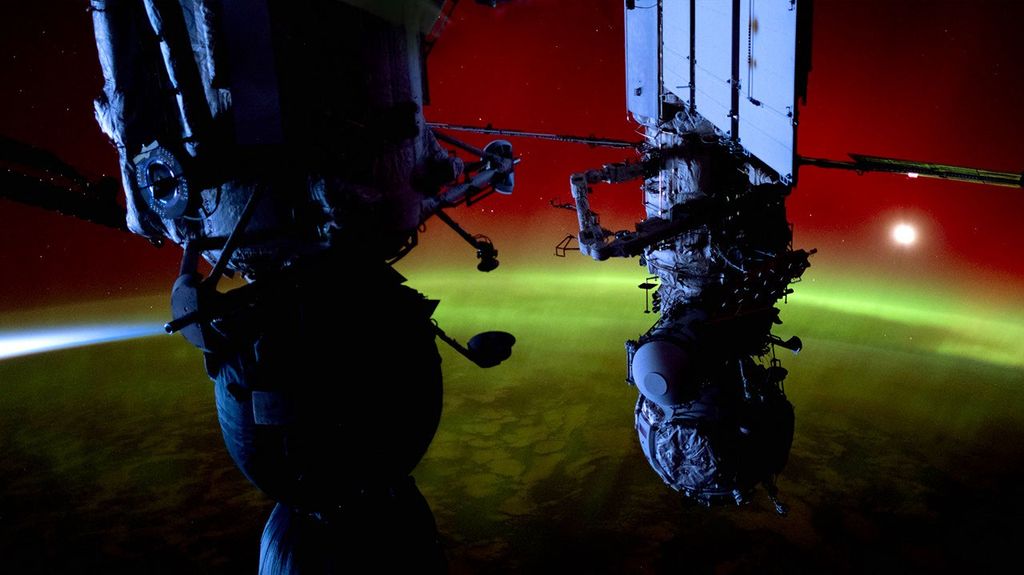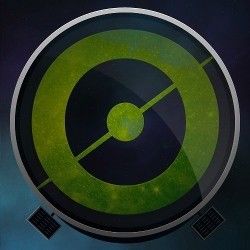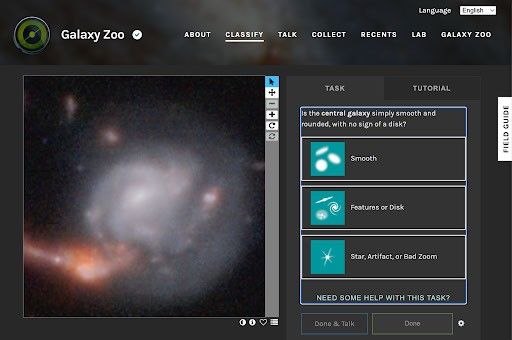Galaxy Zoo
Galaxy Zoo invites you to classify images of galaxies according to their shapes. The shape of a galaxy tells scientists about how it was born, how and when it has formed stars, and how it has interacted with its neighbors. The project invites you to examine images that no one has seen before and answer multiple-choice questions about them in a quest to uncover the processes of galaxy evolution.
Galaxy Zoo began in 2007 with a million galaxies imaged by a 2.5m telescope in New Mexico for the Sloan Digital Sky Survey, then moved on to images from space telescopes like Hubble and Euclid. Now, it’s time to look at data from NASA’s James Webb Space Telescope (JWST). Images from the Webb let us look deeper into the cosmos and further back in cosmic time than ever in human history.
project task
Examining images
division
Astrophysics
where
Online
launched
2007
What you’ll do
- Examine colorful images of galaxies made by NASA’s James Webb Space Telescope.
- Answer multiple-choice questions to describe the galaxies you see in the images.
- Interact with other users and the science team on the project’s TALK bulletin board.
Requirements
- Time: ten minutes to learn the basics
- Equipment: an internet-connected device
- Knowledge: None. The website offers a tutorial and Field Guide with a gallery of examples.
Get started!
- Visit the project website.
- Complete the tutorial.
- Start looking at images of galaxies and answering question about their shapes.
Learn More
Read more about the project’s research and results in the project’s About pages. You can learn about the project’s research, the people on the research team, results to date, and FAQs, which also provides a link to the public Galaxy Zoo data. You can also access a free college-level introductory astronomy curriculum and novice-friendly tools that make use of the Galaxy Zoo data.
Get to know the people of Galaxy Zoo: JWST! Here are a few of them:

































